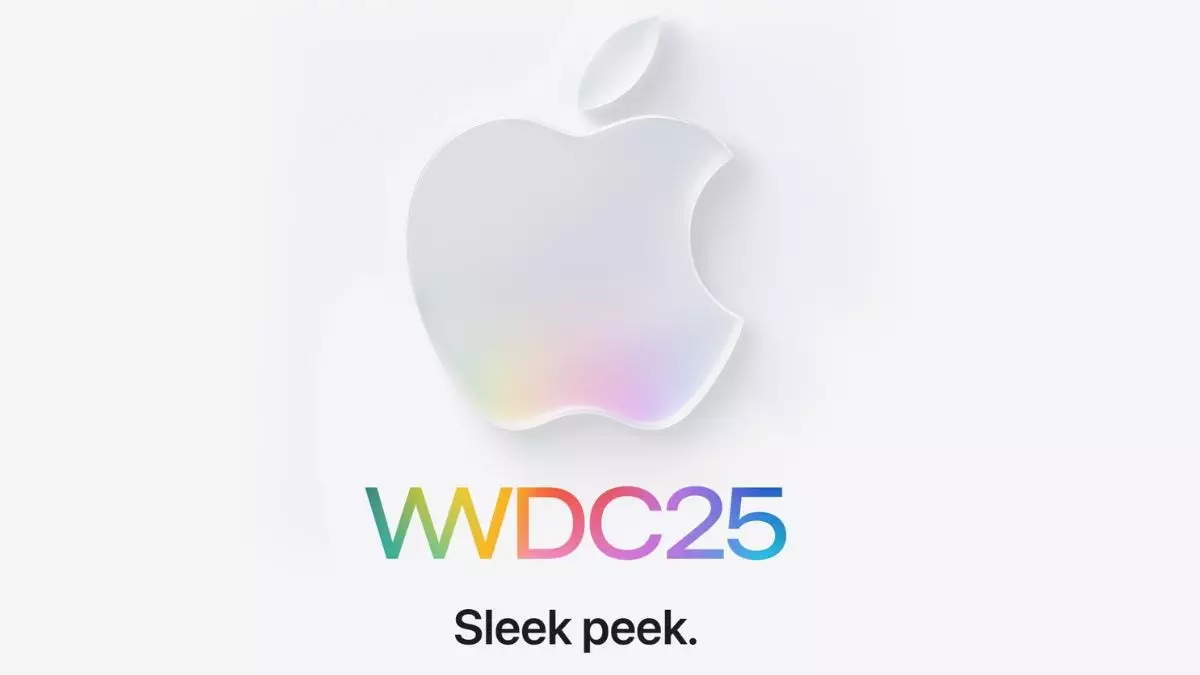The exhilarating buzz surrounding Apple’s Worldwide Developers Conference (WWDC) 2025 ignites the imagination of tech enthusiasts worldwide, as the anticipated event is poised to showcase the evolution of Apple’s ecosystem. Kicking off tomorrow, June 9, this five-day extravaganza places a spotlight on not just the company’s renowned device lineup—including iPhone, iPad, and Apple Watch—but chiefly on the strides being made within the realm of artificial intelligence (AI). In a market teeming with innovation, Apple’s pledge to enhance its AI capabilities is both a necessary and audacious move, especially in light of competitors steadily outpacing it in this critical dimension of technology.
The Keynote: A Double-Edged Sword
The keynote address, delivered by none other than Tim Cook, embodies both promise and peril. Expected to unveil the next iterations of Apple’s operating systems—including iOS, watchOS, and the contentious visionOS—the event is fraught with high expectations. Historically, these keynotes are a mixed bag; audiences have often been left with more questions than answers. While Apple enthusiasts eagerly anticipate revolutionary features, the company has often fallen short of delivering genuine breakthroughs outside of iterative updates. Will this year’s WWDC break that cycle, or will it succumb to the complacency that has, at times, characterized its software evolution?
Technical Sessions: The Real Heart of WWDC
While the glitzy keynote garners the most attention, the real substance of WWDC lies within the technical sessions. With over 100 discussions led by Apple’s experts, developers will meticulously dissect frameworks and technologies that can supercharge their applications. This behind-the-scenes glimpse into Apple’s developmental ethos provides invaluable learning opportunities. However, there remains a critical need for these sessions to transition from theoretical constructs into practical applications. Developers will rightfully look to Apple for actionable insights rather than just philosophical musings about technology’s potential.
Fostering Innovation: The Role of Developers
The inclusion of Apple’s Developer Program members into the fold for one-on-one consultations signifies the company’s understanding that fostering innovation requires collaboration. Yet, the effectiveness of this initiative may hinge on how genuinely Apple engages with its developer community. While the Swift Student Challenge winners enjoy their moment in the spotlight, true progress will depend on continuous support and resource provision for developers after the event concludes. Apple’s commitment to engage with developers through group labs and consultations must not turn into empty promises but rather tangible partnerships that encourage developers to push the limits of what’s possible on Apple platforms.
What Lies Ahead? Anticipation vs. Realism
As WWDC 2025 approaches, a dichotomy of sentiment prevails—enthusiasm eclipsed by skepticism. Apple’s attempt to reclaim its status as an AI frontrunner is commendable, but the challenge of delivering a meaningful and groundbreaking experience looms large. With the clock ticking down to the keynote, industry watchers are left pondering whether Apple can harness the excitement of its community and translate it into real progress. In the world of tech, the balance between innovation and stagnation is precarious, and while WWDC offers a stage for ambitious statements, the true measure of success lies in actions that will follow in the months to come.

